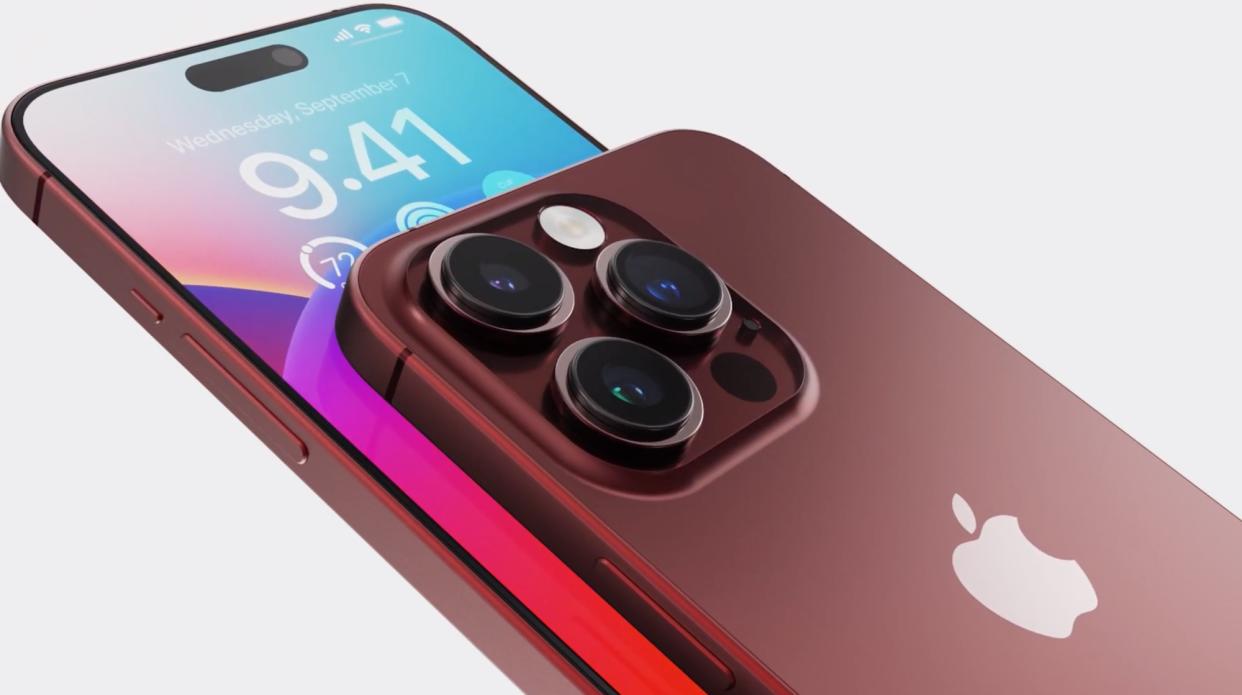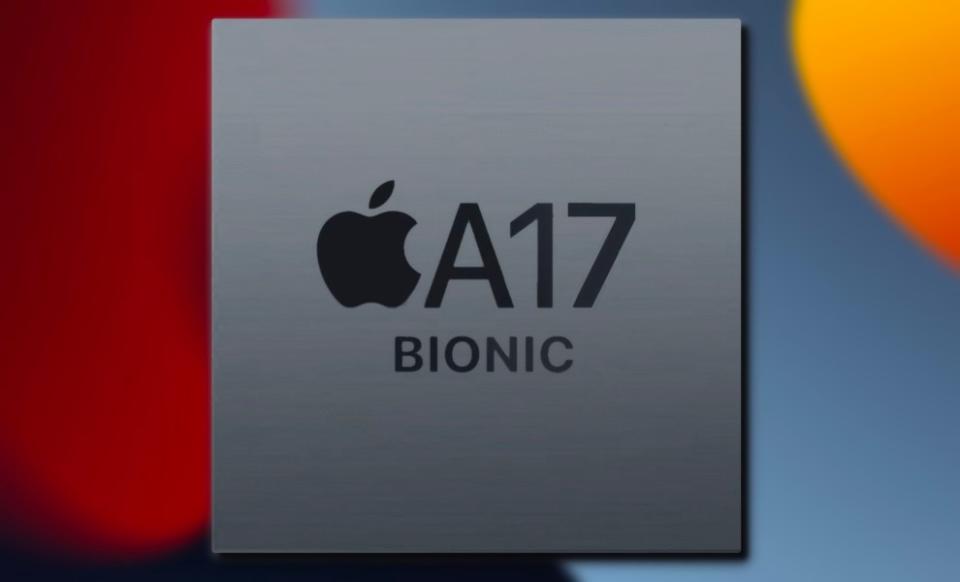iPhone 15 Pro A17 Bionic — everything you need to know about Apple's breakthrough chip

Apple’s upcoming A17 Bionic chip promises to be a massive leap forward in terms of performance and possibly battery life too.
While last year’s A16 Bionic was only a moderate improvement on its predecessor, that might actually help the A17. Indeed, the A16's incremental gains were rumored to caused by Apple “too ambitious with adding new features,” forcing it to scale back — which could benefit the A17 a year later.
Here’s everything we know about Apple’s next big chipset.
A17 Bionic release date

There is some speculation that this year’s iPhone 15 family may launch in October, but that’s only been predicted by one analyst. Either way, we don’t have long to wait to see how the A17 Bionic performs.
There’s not too much mystery here. iPhone 12 aside, which had the excellent excuse of a global pandemic, every numbered iPhone of the last decade has come out in September. Even with the coronavirus, the iPhone 12 only slipped by a month.
A17 Bionic: Which iPhone 15 models?
The bad news is that not all iPhones will rock the new internal component. Until last year, both Pro and regular handsets shipped with the same chipset, but in a bid to upsell the more expensive model, Apple made the A16 Bionic chip an iPhone 14 Pro and Pro Max exclusive.
This is why we’re expecting only the iPhone 15 Pro and Pro Max models to feature the power of the A17 Bionic chipset. The regular iPhone 15 will inherit the A16 from last year’s Pro models.
It’s possible the A16 also eventually end up in an iPad or two as well. Notably, the iPad mini 6 came with the A15 chipset, and the iPad mini 7 is rumored to be imminent.
A17 Bionic specs and performance
The first thing to note about the upcoming A17 Bionic chip is that it’s said to be Apple’s first to embrace the 3nm manufacturing process.
The A16 is a 4nm chipset, and the smaller manufacturing process in its successor means you can fit far more transistors in the same space (between 18 and 24 billion, according to some rumors). That’s expected to lead to 35% better power efficiency than its predecessor, which will invariably help battery life.
It also means a big boost to performance, and recent leaked benchmarks seem to confirm this, assuming they prove to be legitimate. The Geekbench scores show around a 23% boost to single-core performance, and a massive 26% leap in multi-core.
There are no such graphical benchmarks to look at yet, but a deep dive from The Information revealed that last year’s A16 Bionic chip was originally due to offer a “generational leap” for the GPU including support for ray tracing.
This was abandoned, as it reportedly made handsets too hot and hit the battery hard, but hopefully some of the gains can be restored now Apple is embracing the 3nm manufacturing process.
One thing to be aware of is a slightly sketchy rumor suggesting that Apple’s chipmaker TSMC will change how it makes the A17 Bionic chip in 2024. While clearly a cost-saving exercise, reports differ as to whether this will improve performance, weaken it, or make no difference whatsoever. Hopefully more will become clear soon.
Finally, with Apple not making its own 5G modems yet (the iPhone SE 4 might be the first test), it looks likely that the A17 Bionic will be paired with the Snapdragon X70 5G chip. This isn’t an enormous upgrade on the X65 in the iPhone 14 Pro, but it does contain an AI processor to monitor and optimize connections for smoother networking.
A17 Bionic outlook
The relatively modest upgrade from A15 to A16 means that the A17 Bionic could be a huge leap forward for Apple. With the A16 Bionic still topping performance charts, Apple will be quietly confident that it’s set to hold its title of the speediest smartphone with the iPhone 15 Pro.


